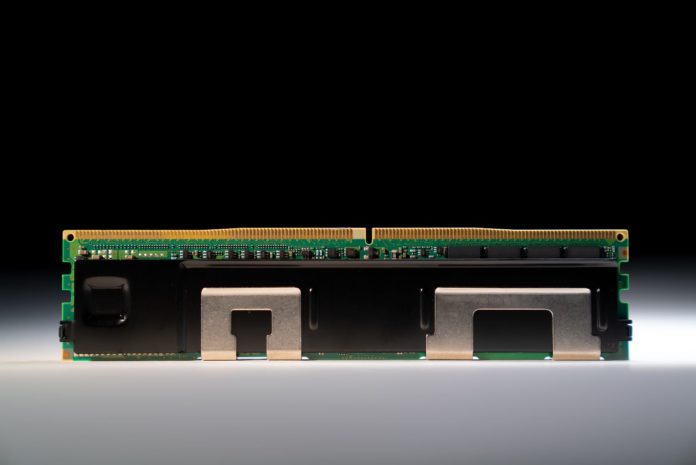Intel’s Optane memory made quite a lot of noise when it was first announced. No one really knew what it was, and how it worked, and to be honest, the finer details are still under wraps. Now, we do know that it acts as something of a cache system for HDDs speeding them up to deliver read speeds even faster than SSDs (and marginally faster write speeds). After Intel’s reveal of the new Xeon Platinum chip and persistent Optane memory, retailers have already published the pricing for the latter guess what? It’s cheaper than DDR4 memory. The base 128GB Optane DIMM costs $695 while the 512GB is priced at a rather insane $7816.
Intel’s Optane DC Persistent Memory DIMMs fit into the same slots as DDR4 modules and complement the base memory. Apart from faster speeds and lower latencies, they also make your system memory non-volatile, pretty much changing the modern memory hierarchy.

The newly released Optane DIMMs are targeted towards data-centers and servers (explaining the 512GB kits), although in the future we can expect lower capacity versions for the rest of us as well. Intel hasn’t released the official pricing yet, but online retailers including Colfax Direct, CompSource, and ShopBLT have already listed them, pretty much ruining the surprise.
The numbers vary significantly across different retailers, with Colfax Direct selling the 128GB DIMM for approximately $700 while CompSource offering it for $892, almost $200 more. In contrast, the Intel System Pricing Guidance pegs the same capacity DIMM at $577. This is significantly lower than the published asking price. Then again, Intel’s figures aren’t set in stone and don’t give an exact number, but a system pricing guidance instead. The final retail price will most likely be higher, though a tad bit lower than what these online retailers are selling them for.

Optane memory is considerably faster than SSDs but compared to DRAM it is still quite a bit slower. So keep in mind you can’t have a system without traditional DDR4 memory. The
Plus, since these Optane kits haven’t been tested by third-party reviewers, we don’t know for certain what kind of benefits do they actually confer over plain old DRAM. Furthermore, like SSDs they don’t guarantee life-long operation. Intel’s official estimate puts their life-cycle at approximately 5 years, and warranty will be provided for the same.

Overall, Intel’s Optane DIMMs are nothing short of intriguing, but there’s still a lot that we don’t know about them. It will depend on the performance benefits per DRAM DIMM and the exact price that needs to be paid for the accompanying Optane kit. It’ll also be interesting to see what sort of workloads get the maximum boost and accordingly whether they’ll be viable for consumers in the future.
Read more:


